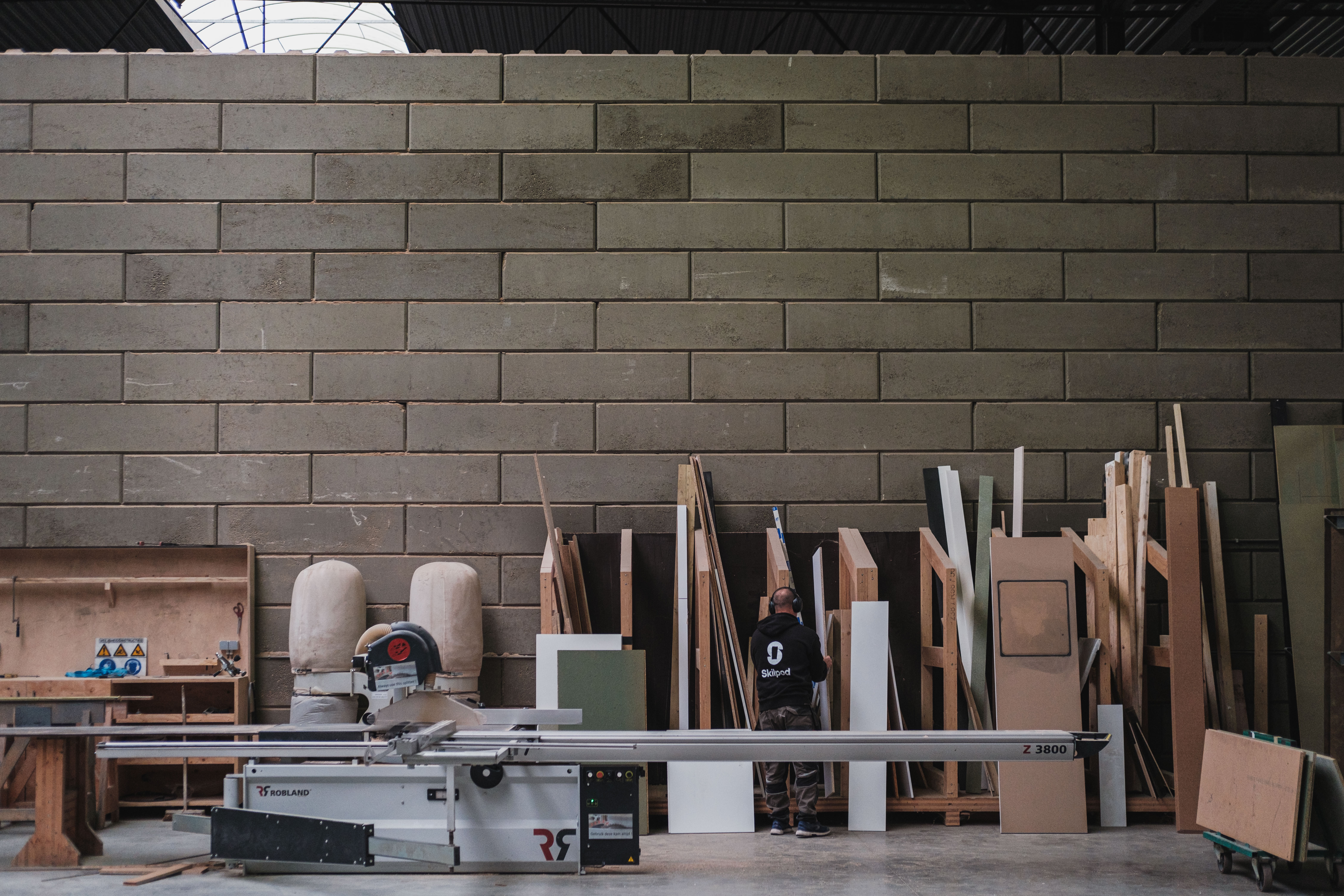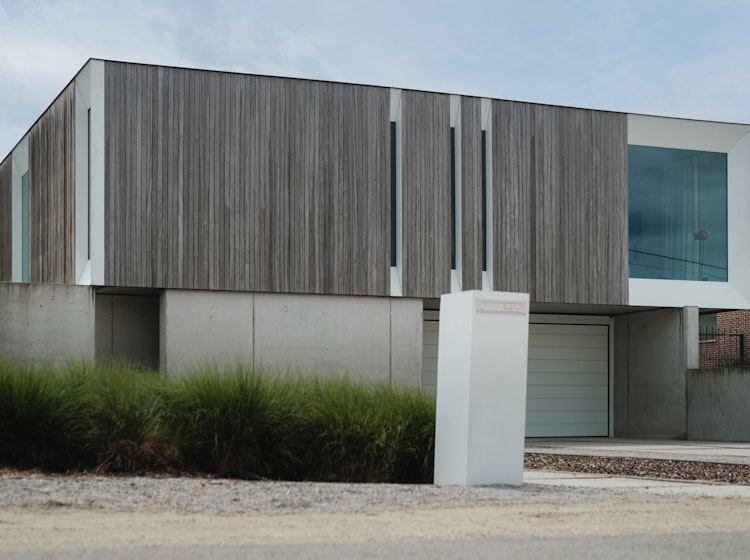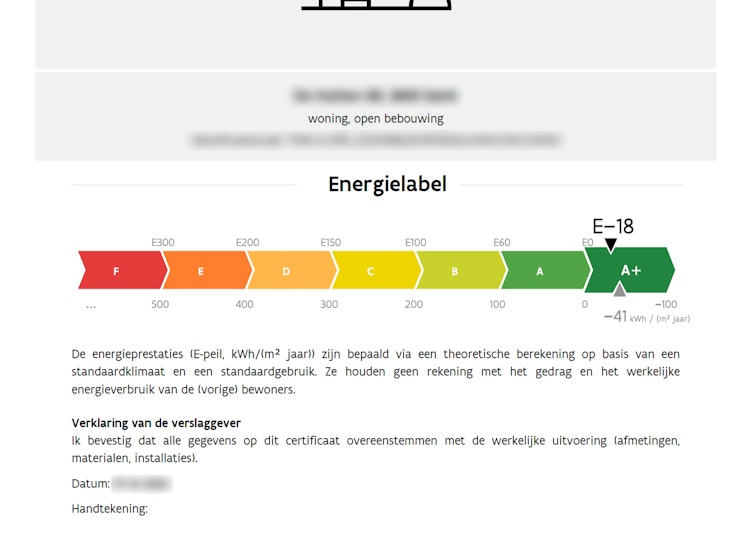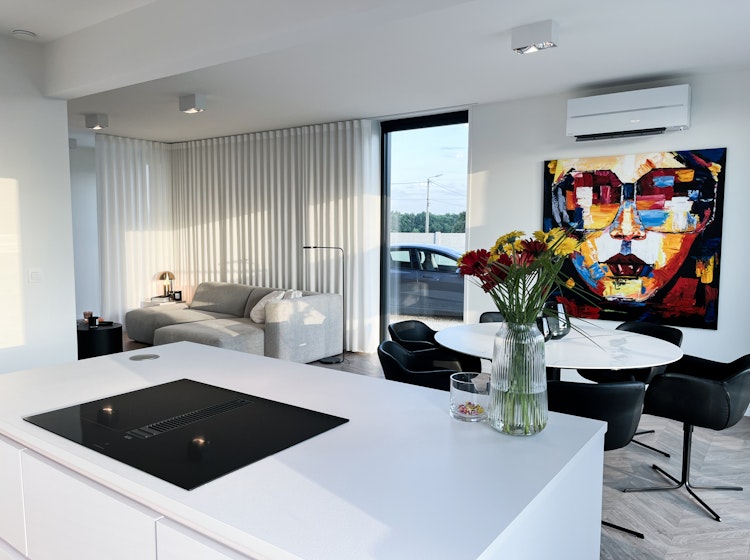skilpod.com / blog
smart building — what is LVL and why do we love it?
Our Skilpods aren't made of regular, solid wood, but from a special industrial kind call LVL: Laminated Veneer Lumber. And this has a whole host of benefits.
what is LVL?
LVL are wooden planks, made of thin sheets of wood glued together.
First, a tree is peeled in one long layer, which gives you a big sheet of wood. At that moment, the sheet is very moist and therefore very flexible. You can roll it out and dry it, so it becomes firmer and less flexible. Afterwards, several layers of these sheets are glued together under high pressure, to form one big wooden plank.
You can see the whole process in the video below. The LVL-wood we use comes from this producer, so this is exactly what ends up in your Skilpod.
why is LVL better than other types of wood?
LVL vs solid wood
Solid wood is, of course, steeped in romantic nostalgia, but isn't all that great to build with: there are a lot of parts of the tree that you can't use and the consistency of the wood can vary throughout the planks or beams. There's also a risk the wood could crack or break.
LVL vs CLT
There are other types of industrial wood, like CLT (Cross-Laminated Timber), but for out purposes LVL is best suited.
CLT is a kind of wood on steroids. Very strong, but also very voluminous, like a body builder. CLT is produced in big solid planks, that can be used in their entirety as a wall for example. This is a great benefit when building high skyscrapers, but it's a bit too much for a timber frame home.
Our LVL timber frame is more like a well-toned athlete. Very strong as well, but only muscular in the places that really count. Instead of solid planks, we use beams in the place where they provide structural support. This literally forms a frame in wood (hence the name timber frame). The space between the beams is used for isolation.
In addition to this, CLT is also made of massive pieces of wood, sawed from a tree in its entirety. This means a tree is used less efficiently when creating CLT and thus CLT is less eco-friendly than LVL. At the end of the ride, it also leaves you with more waste. For a CLT plank of the same thickness as an LVL plank, you need to fell 2,5 times more trees. That's really sad for the trees and the planet.

bonus points for LVL
Because of the way it's created, LVL can be delivered in a wide range of sizes. As you can see in the video above, there are very long LVL planks. These can be resized to the millimeter, so they fit perfectly in our Skilpods. Which means less waste and less chance of errors in our construction.
The many layers of wood glued together help stabilize the dimensions of the wood.
CLT and solid woods "live", meaning they shrink or expand slightly under the influence of temperature and moisture rates. In LVL, the different layers work against each other, so the whole of the plank is very stable.
And finally, because LVL is in essence just layers of wood, it retains the positive properties of all wooden constructions: it's a light material, gives you a pleasant indoor climate and is great for insulation.
Published: 15 November 2021
more about sustainable building

sustainable building — prefab is anything but a one-hit wonderDoes a prefab house last as long as a brick house? What is the lifespan of prefabricated houses, and what factors determine it?

sustainable building — E-levels, EPCs, energy neutral apples and orangesAre Skilpods energy neutral? What is the E-level of a Skilpod? Or the EPC? We're happy to clarify it for you, so you know what you're comparing.

sustainable building — why Skilpods are completely gas-freeGas-free living - also known as all-electric - simply means you no longer use natural gas in your home. That mainly impacts heating, hot water and how you cook.